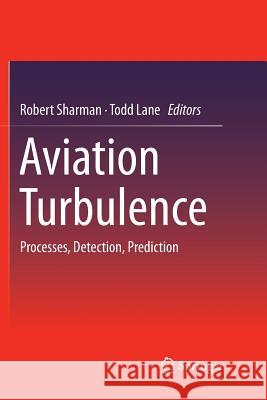Aviation Turbulence: Processes, Detection, Prediction » książka
topmenu
Aviation Turbulence: Processes, Detection, Prediction
ISBN-13: 9783319795133 / Angielski / Miękka / 2018 / 523 str.
Kategorie:
Kategorie BISAC:
Wydawca:
Springer
Język:
Angielski
ISBN-13:
9783319795133
Rok wydania:
2018
Wydanie:
Softcover Repri
Ilość stron:
523
Waga:
0.74 kg
Wymiary:
23.39 x 15.6 x 2.77
Oprawa:
Miękka
Wolumenów:
01
Dodatkowe informacje:
Wydanie ilustrowane











